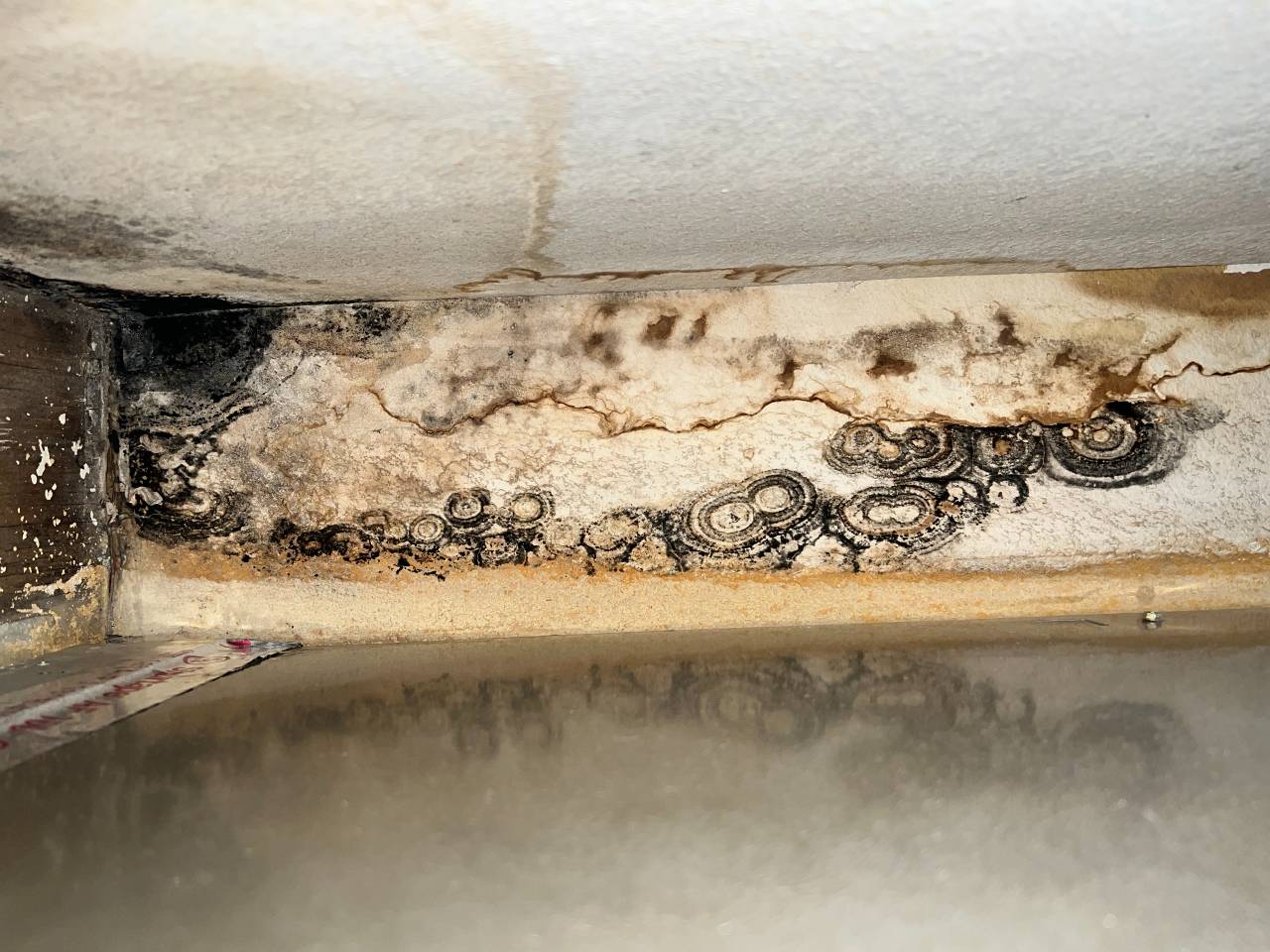Effective Message Mold Remediation Solutions for Your Home
Mold and mildew growth in homes can be a relentless concern, frequently needing a methodical method for efficient post-remediation remedies. From recognizing the variables that add to mold and mildew growth to implementing proper cleansing strategies and dampness control procedures, the process can be elaborate yet critical for maintaining a healthy living atmosphere. Additionally, exploring natural removal options and establishing a routine for ongoing maintenance are essential parts of a detailed mold remediation strategy. As homeowners make every effort to attend to mold concerns, locating one of the most effective solutions comes to be critical for the well-being of their families.
Comprehending Mold And Mildew Growth Elements
The main factor adding to mold growth is dampness. Mold spores call for wetness to grow and germinate, making wet or damp atmospheres extremely susceptible to mold infestations.

Moreover, air movement and light direct exposure can impact mold growth. Locations that do not have correct ventilation and natural light are extra prone to mold advancement. By addressing these aspects thoroughly, individuals can effectively alleviate mold and mildew development and protect their living atmospheres.
Correct Mold And Mildew Cleansing Techniques
Utilizing effective cleaning approaches is vital in resolving and preventing the reoccurrence of mold contamination in indoor environments. When dealing with mold and mildew, it is essential to prioritize safety and security by wearing safety equipment such as masks, handwear covers, and safety glasses. The initial step in correct mold cleaning is to have the affected location to stop the spread of spores to uncontaminated areas. This can be accomplished by securing off the room and using air scrubbers or negative air devices to maintain air high quality.

Implementing Moisture Control Steps
To efficiently avoid mold and mildew growth and contamination in interior environments, carrying out wetness control procedures is extremely important. Furthermore, making sure proper air flow in areas susceptible to moisture buildup, such as kitchen areas and bathrooms, can aid minimize the threat of mold and mildew development. By faithfully executing these dampness control actions, property owners can efficiently reduce the possibility of mold and mildew recontamination and keep a healthy and balanced indoor environment.
Using Natural Removal Solutions
After efficiently carrying out wetness control steps to stop mold and mildew development in indoor atmospheres, home owners can currently discover the performance of natural removal options in maintaining a healthy and balanced living room. Natural remediation options utilize eco-friendly approaches to deal with mold and mildew and mold, making them a preferred selection for those looking for non-toxic options. One such remedy is using vinegar, a natural antimicrobial agent, to tidy and disinfect surface areas polluted by mold and mildew. Simply thin down vinegar with water and spray it onto the affected areas, enabling it to sit for a few hours prior to wiping clean. In addition, tea tree oil, recognized for its antifungal properties, can be combined with water and sprayed onto mold-infested surfaces to hinder additional growth. An additional natural choice is hydrogen peroxide, which can successfully kill mold and mildew on various surface areas without leaving dangerous deposits behind. By integrating these all-natural remediation options into their cleaning routines, homeowners can successfully battle mold development while advertising a healthier indoor environment on their own and their households.

Keeping a Mold-Free Atmosphere
On a regular basis evaluating areas prone to mold development, such as bathrooms, kitchens, basements, and attics, is crucial. Appropriate ventilation in locations with high moisture degrees is also key to preventing mold and mildew development.
Furthermore, maintaining sanitation in the home is crucial for mold and mildew avoidance. Regularly cleansing and dusting surface areas, rugs, and furniture can assist get rid of mold spores prior to they have a possibility to work out and increase. Utilizing mold-resistant products for building and construction materials and home furnishings can even get redirected here more aid in developing a mold-free environment. Last but not least, keeping indoor plants in check and ensuring correct drainage in outside landscaping can lessen moisture build-up, lowering the possibility of mold and mildew infestations. By following these positive upkeep practices, house owners can effectively maintain a mold-free living room.
Final Thought
To conclude, it is necessary to deal with mold development elements, make use of appropriate cleaning methods, execute dampness control procedures, utilize all-natural remediation remedies, and preserve a mold-free setting in order to successfully deal with blog post mold removal in your home - Post Mold Remediation. By complying with these strategies, you can stop mold and mildew from repeating and make certain a healthy living atmosphere for you and your household
The primary aspect adding to mold and mildew growth is moisture. Mold spores call for wetness to germinate and grow, making moist or damp settings very vulnerable to mold infestations.To successfully prevent mold growth and contamination in indoor atmospheres, implementing moisture control procedures is extremely important. mold removal home Additionally, guaranteeing appropriate air flow in locations vulnerable to moisture build-up, such as bathrooms and kitchen areas, can assist minimize the threat of mold development.After effectively carrying out dampness control actions to prevent mold growth in interior environments, home owners can currently discover the performance of all-natural removal options in preserving a Read Full Report healthy living space.